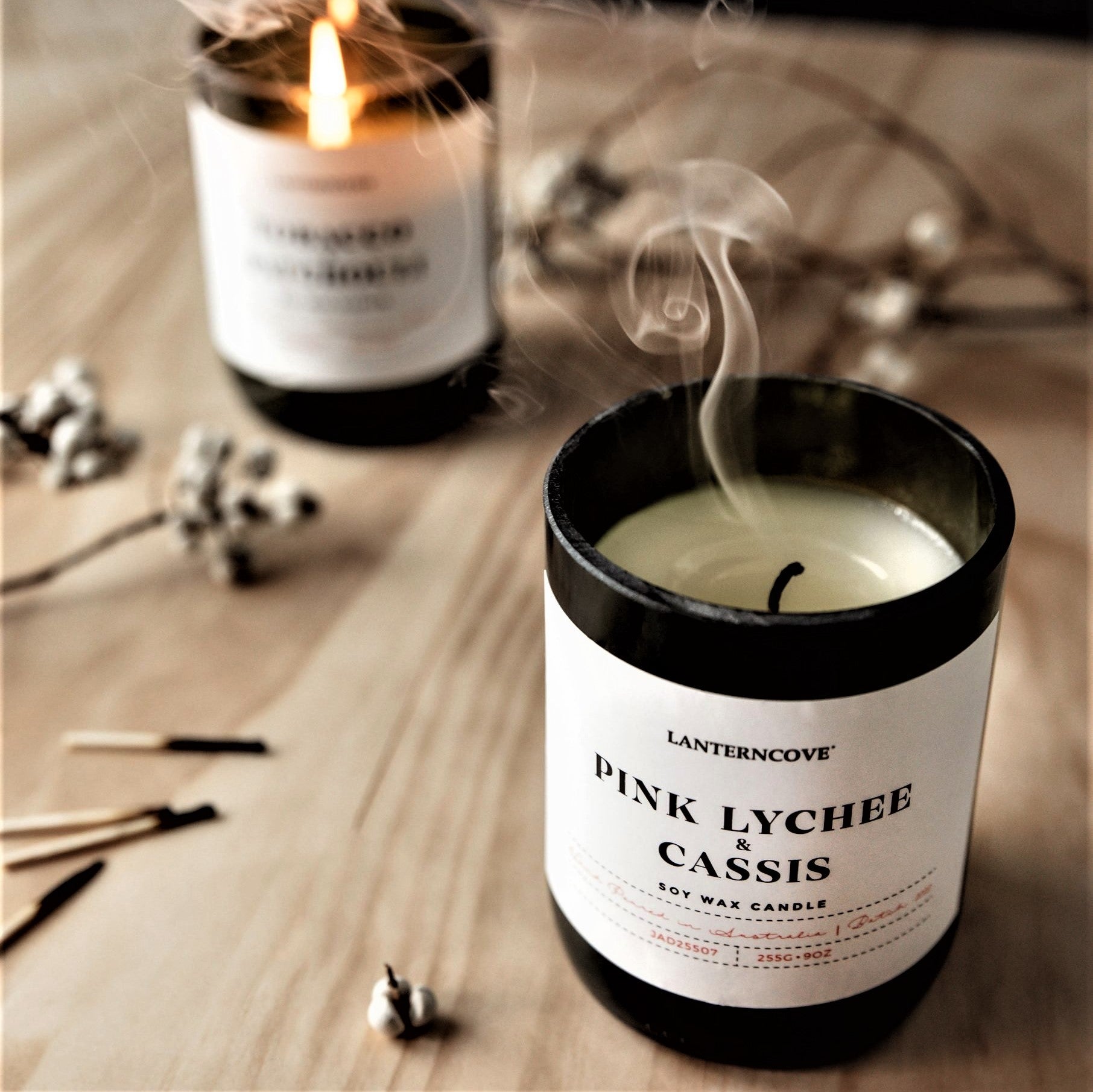Check out the Globe of Crystal Soy Candles and Home Fragrance Delights
Check out the Globe of Crystal Soy Candles and Home Fragrance Delights
Blog Article
From Wick to Wax: Understanding the Chemistry Behind Soy Wax Candles and Their Ecological Influence
As we illuminate our areas with the cozy radiance of candle lights, there lies a realm of detailed chemistry behind the seemingly basic act of lighting a soy wax candle. Join us as we unwind the clinical complexities behind soy wax candles and explore their effects on our setting.
Soy Wax Vs. Paraffin Wax
When contrasting soy wax and paraffin wax for candle light making, it is vital to comprehend the distinct features and advantages of each product. Soy wax is a natural, renewable energy originated from soybean oil, making it biodegradable and environmentally friendly - soy wax candles. On the other hand, paraffin wax is a byproduct of oil refining, which elevates problems regarding its environmental effect and sustainability
Soy wax candles burn cleaner and emit much less residue contrasted to paraffin wax candles, making them a much healthier choice for indoor air quality. Additionally, soy wax has a lower melting point, enabling a longer-lasting candle light that distributes fragrance extra efficiently. Paraffin wax, on the various other hand, often tends to shed faster and less cleanly, possibly launching harmful chemicals into the air.
From a sustainability viewpoint, soy wax is preferred for its biodegradability and renewable sourcing, aligning with the expanding consumer preference for eco conscious items. While paraffin wax has actually been a typical selection in candle light making as a result of its price and convenience of use, the change towards eco-friendly choices like soy wax is getting momentum in the industry.
Chemical Make-up of Soy Wax

Burning Process in Soy Candles
The chemical structure of soy wax directly influences the burning process in soy candles, influencing factors such as burn time, fragrance launch, and ecological effect. When a soy candle is lit, the heat from the flame melts the wax near the wick. This liquid wax is after that drawn up the wick as a result of capillary activity. As the fluid wax reaches the fire, it evaporates and undertakes combustion. The burning process includes the vaporized hydrocarbons in the wax reacting with oxygen in the air to produce warmth, light, water vapor, and carbon dioxide.
The burning effectiveness of soy candle lights is affected by the pureness of the soy wax and the quality of the wick. A clean-burning soy candle light with a correctly sized wick will lessen and create a consistent flame residue development. This not just extends the burn time of the candle light however additionally enhances the release of fragrances. Furthermore, soy wax candles have a reduced environmental impact compared to paraffin candles due to their renewable and naturally degradable nature.

Environmental Advantages of Soy Wax

Thought about a lasting option to standard paraffin wax, soy wax offers remarkable environmental advantages that make it a popular choice amongst eco-conscious consumers. learn this here now One substantial advantage of soy wax is its eco-friendly sourcing. Soy wax is originated from soybean oil, which is primarily cultivated in the United States. The farming of soybeans helps support neighborhood farmers and decreases the dependence on non-renewable fossil gas utilized in paraffin wax manufacturing. In addition, soy wax is naturally degradable, meaning it breaks down naturally without releasing hazardous contaminants right into the atmosphere. This characteristic makes soy wax candle lights a more eco friendly option compared to paraffin wax candle lights, which are made from oil, a non-renewable source. Soy wax burns cleaner and produces much less residue than paraffin wax, contributing to better interior air quality and minimizing the need for cleaning and upkeep. Generally, the environmental advantages of soy wax line up with the growing need for lasting and green items on the market.
Recycling and Disposal Factors To Consider
Recycling and appropriate disposal of soy wax candle lights play a crucial function in keeping ecological sustainability and minimizing waste in households and areas. The initial action is to guarantee that the candle has actually shed completely when it comes to recycling soy wax candle lights. This can be accomplished by enabling the candle to burn up until the wick is no longer functional, and after that letting the staying wax cool and solidify. As soon as the wax has actually strengthened, it can be meticulously removed from the container.

In regards to disposal, if recycling is not a choice, soy wax candles are eco-friendly and can be safely thrown away in a lot of home waste systems. It is always suggested to inspect with neighborhood recycling facilities or waste monitoring services for specific guidelines on candle disposal to visit our website make sure proper handling and environmental protection.
Final Thought
In conclusion, the chemistry behind soy wax candles exposes their ecological advantages over paraffin wax candles. Soy wax, derived from soybean oil, burns cleaner and produces less residue when contrasted to paraffin wax.
When contrasting soy wax and paraffin wax for candle production, it is necessary to recognize the distinct attributes and benefits of each product (candles).Soy wax candle browse around here lights shed cleaner and discharge less soot contrasted to paraffin wax candles, making them a much healthier selection for indoor air quality.Thought about a sustainable alternative to standard paraffin wax, soy wax offers notable environmental advantages that make it a popular selection amongst eco-conscious customers. Soy wax burns cleaner and generates less residue than paraffin wax, contributing to far better indoor air top quality and lowering the requirement for cleansing and maintenance.In final thought, the chemistry behind soy wax candles discloses their environmental benefits over paraffin wax candles
Report this page